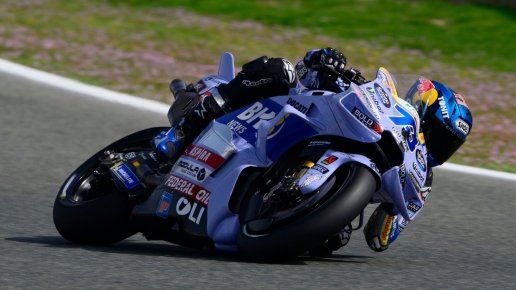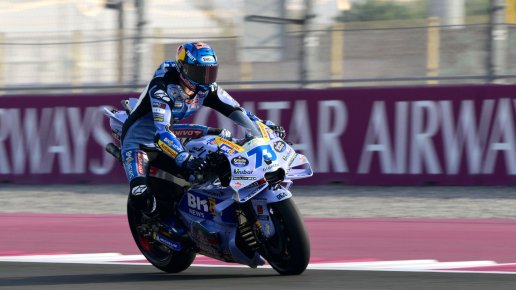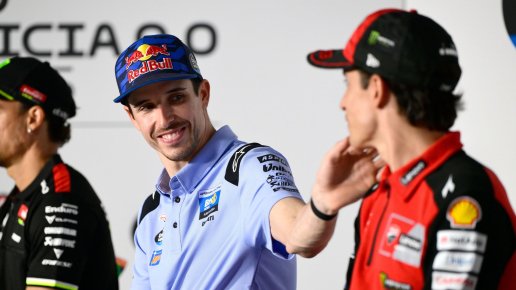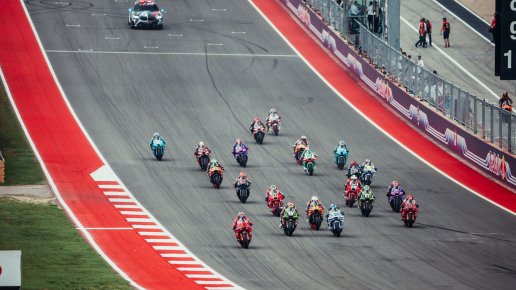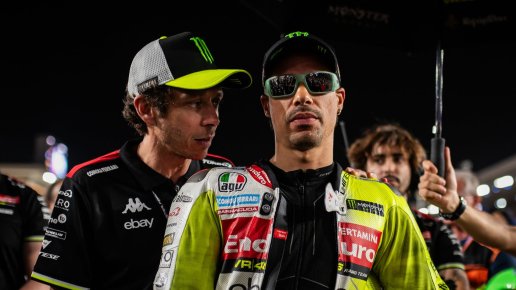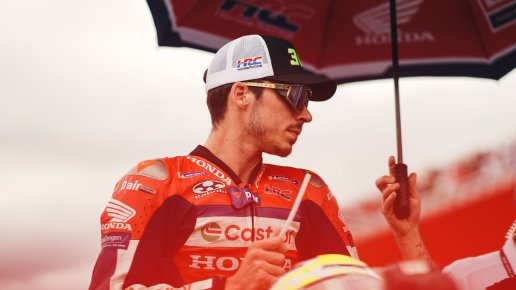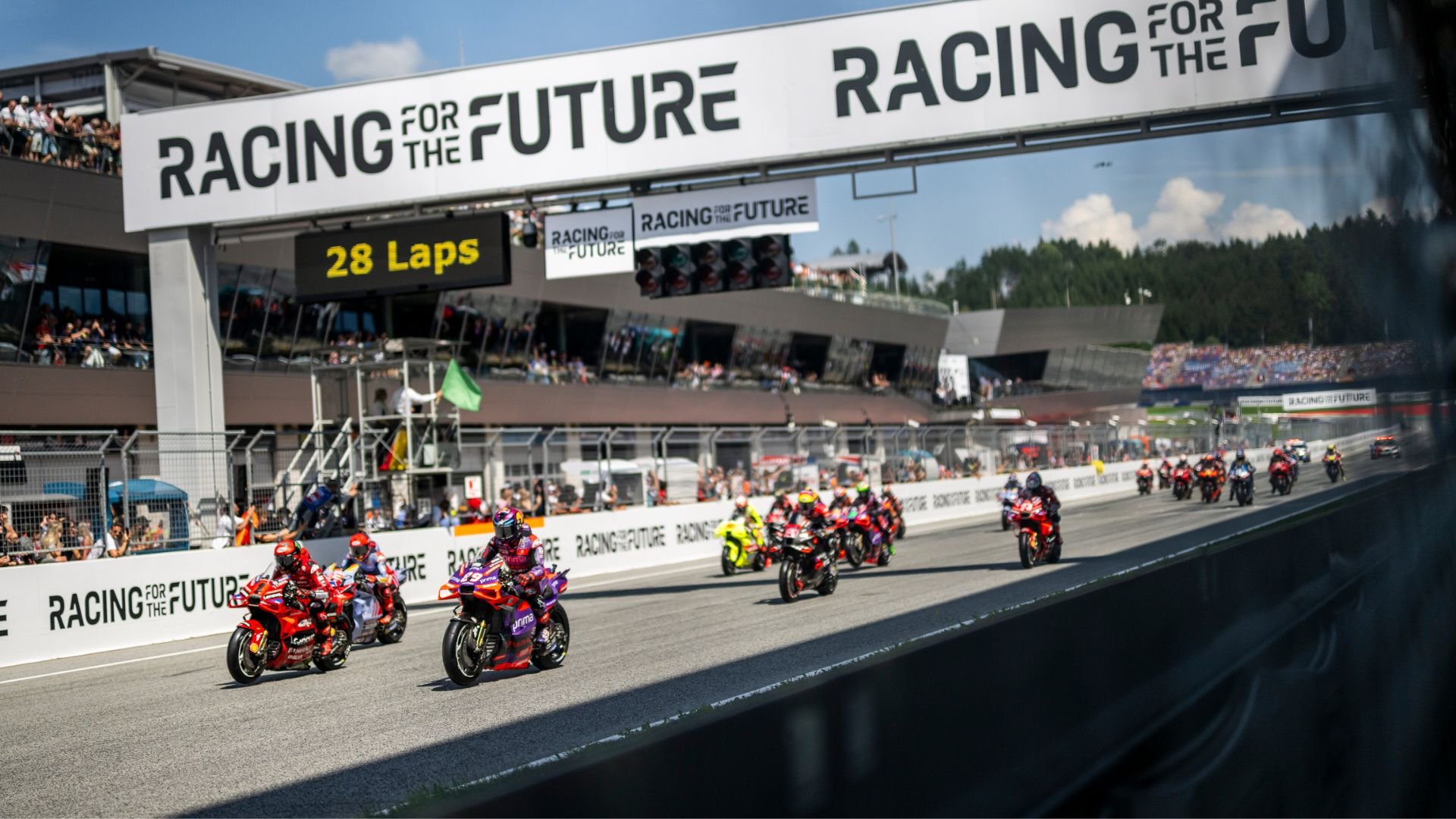
Photo: Gold & Goose / Red Bull Content Pool
Your guide through the MotoGP penalties

MotoGP penalties are essential for maintaining fairness and safety in the sport. Explore everything from simple warnings to severe sanctions like disqualification, how they're enforced, and the controversies that keep fans talking.
F1 & MotoGP news to your inbox every day.
MotoGP, like any high-level racing series, has its own rules and regulations designed to ensure fairness and safety. However, these rules and penalties are anything but simple or transparent. So, let’s dive into the complex world of MotoGP penalties, exploring how they work, who enforces them, and the controversies that keep fans and riders buzzing.
What do the rules apply to?
The FIM Grand Prix World Championship Regulations span 391 pages, and they don’t just govern the riders. These rules apply to everyone involved in MotoGP, including team personnel, officials, promoters, and organizers.
The regulations are divided into two main categories:
- Technical regulations: Covering areas like engine capacity, electronics, and exhaust systems.
- Behavioral or riding regulations: Governing behavior on and off the track.
Understanding the penalty system
Penalties in MotoGP can range from a simple warning to severe sanctions like disqualification or exclusion. Here’s a breakdown of the penalties and when they are applied:
Warnings
Warnings serve as a gentle reminder of rule infractions.
Example: Exceeding track limits three times triggers a "TRACK LIMIT" warning displayed on the rider’s dashboard.
Fines
Riders or teams can face monetary penalties of up to €50,000.
Example: Marco Bezzecchi was fined €1,000 in 2022 for an altercation with a marshal after a crash.
Position changes
If a rider gains an unfair advantage, they may be required to drop one or more positions.
Example: In Buriram 2022, Marco Bezzecchi was penalized for gaining a position after a collision, sparking a debate over fairness.
Long Lap Penalty
A rider must complete a slower, predefined route during a race. Often triggered by exceeding track limits five times or for more serious infractions.
Example: In 2023, Brad Binder was demoted from third to fifth after exceeding track limits at the final corner in Assen.
Ride-Through Penalty
The rider must pass through the pit lane without stopping, adhering to strict speed limits. Failure to comply results in additional penalties, such as two long laps or disqualification.
Time Penalties
These are added to a rider’s race time and can drastically alter the results.
Example: Fabio Quartararo was docked one second in the 2023 Argentina Sprint Race for overtaking under a yellow flag, losing his ninth-place finish.
Grid penalties
Riders may be dropped several grid positions or required to start from the pit lane.
Example: Takaaki Nakagami dropped three positions in Valencia 2022 for riding slowly on the racing line.
Disqualification
This penalty voids a rider’s results or session times.
Example: Marc Márquez was disqualified at Phillip Island in 2013 for failing to change tires within the mandated timeframe.
Withdrawal of championship points
This punishment targets manufacturers or teams.
Example: Yamaha lost 50 constructors’ points in 2020 for engine rule violations.
Suspension and Exclusion
Riders or teams can face temporary bans or permanent exclusion for severe infractions.
Example: Andrea Iannone’s career was effectively ended after a four-year doping ban.
Controversial calls and the role of stewards
MotoGP stewards and the race director are tasked with enforcing these penalties, but their decisions are not always consistent or universally accepted. Some penalties, like track limit violations, rely on sensor data to eliminate human errors. Others, like discretionary rulings, are more subjective and often ignite heated debates.
Appealing decisions
While some penalties are final, others can be appealed through a multi-tiered process:
- FIM Appeal Stewards: The first level of appeal.
- MotoGP Court of Appeal: For unresolved disputes.
- Court of Arbitration for Sport: The ultimate authority in MotoGP-related appeals.
Recent controversies, like Marc Márquez’s penalty delay due to injury, have exposed flaws in the system. Riders and fans often question the fairness and consistency of rulings. While technology has reduced human error in some areas, human judgment remains a vital and sometimes contentious part of the sport.

